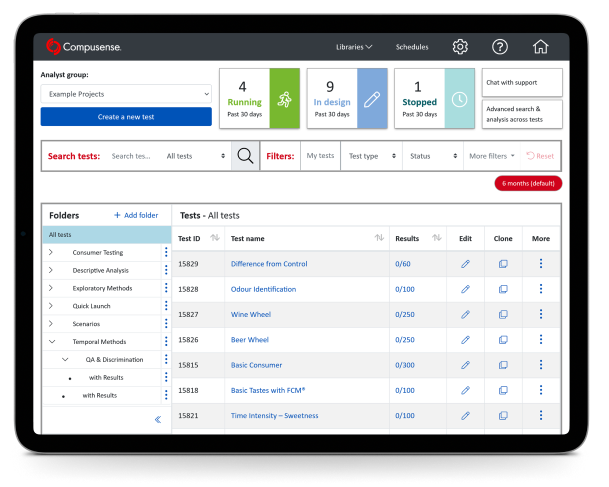
- Home
- Software & Support
- Consulting & Services
- ResourcesBest practicesPractical guidesWhite papersVideosBlogBest practicesPractical guidesWhite papersVideosBlog
- Research
- About Us
- Contact


With the introduction of the General Data Protection Regulation (GDPR) in the European Union on May 25, 2018, Compusense has committed to providing the necessary monitoring, functions, notifications, and data safeguards to ensure our compliance with the GDPR.
This page summarizes our compliance to the GDPR requirements. For more information about Compusense’s compliance with GDPR, California Consumer Privacy Policy (CCPA), Canadian privacy laws, and the Personal Information Protection and Electronic Documents Act (PIPEDA), please contact us.
With the introduction of the General Data Protection Regulation (GDPR) in the European Union on May 25, 2018, Compusense has committed to providing the necessary monitoring, functions, notifications, and data safeguards to ensure our compliance with the GDPR.

Compusense allows for the classification of panelist information as sensitive. Any information provided by a panelist in a field marked as sensitive (e.g. demographic information such as age or gender) is only visible to analysts with appropriate permissions and is automatically removed from the database when a panelist is deleted.
The collection of panelist information in Compusense has always included the ability to ensure that a consent form is agreed to by the panelist and the agreement is recorded with the panelist record in the database.
Looking for insights you can conveniently access at any time, across your devices? Compusense, our innovative SaaS platform, lets you conduct tests in any language. Experience the freedom of making real world comparisons across consumer segments, no matter where your consumers are.

Email: info@compusense.com
1 800 367 6666 (North America)
1 519 836 9993 (International)
412 Laird Road Unit #104
Guelph, ON
Canada N1G 3X7
© 2024 Copyright Compusense Inc.
412 Laird Road, Unit #104
Guelph, ON
Canada N1G 3X7
© 2024 Copyright Compusense

Quality test methods are used to evaluate a product based on its sensory attributes and overall consumer perception to ensure it meets certain standards of excellence and consistency. These methods provide a consumer-centric assessment of product quality, ensure consistency and adherence to quality standards and drive continuous improvement and customer satisfaction. Examples include, but are not limited to, Shelf Life, Degree of Difference,
Difference from Control, In/Out, etc.
Quality test methods are used to evaluate a product based on its key attributes to ensure it meets specific standards of excellence for consistency. These methods provide an internal assessment of the product quality to adhere to quality standards and achieve customer satisfaction. Examples include, but are not limited to, Shelf-Life, Degree of Difference, Difference from Control, and In & Out methods.

Discrimination test methods are used to determine if there are noticeable differences or similarities between products. These methods enable effective differentiation between products, aid in quality control and assurance by identifying variations and deviations, as well as facilitate efficient decision-making based on objective data. Examples include, but are not limited to, Tetrad, Triangle, Duo-Trio, Paired Comparison, etc.
Discrimination testing methods are used to determine if there are noticeable differences or similarities between products. These methods enable effective differentiation between products, aid in quality control and assurance by identifying variations and deviations, as well as facilitate efficient decision-making based on objective data. Examples include, but are not limited to, Tetrad, Triangle, Duo-Trio, and Paired Comparison test methods.



Quality test methods are used to evaluate a product based on its sensory attributes and overall consumer perception to ensure it meets certain standards of excellence and consistency. These methods provide a consumer-centric assessment of product quality, ensure consistency and adherence to quality standards and drive continuous improvement and customer satisfaction. Examples include, but are not limited to, Shelf Life, Degree of Difference,
Difference from Control, In/Out, etc.
Quality test methods are used to evaluate a product based on its key attributes to ensure it meets specific standards of excellence for consistency. These methods provide an internal assessment of the product quality to adhere to quality standards and achieve customer satisfaction. Examples include, but are not limited to, Shelf-Life, Degree of Difference, Difference from Control, and In & Out methods.